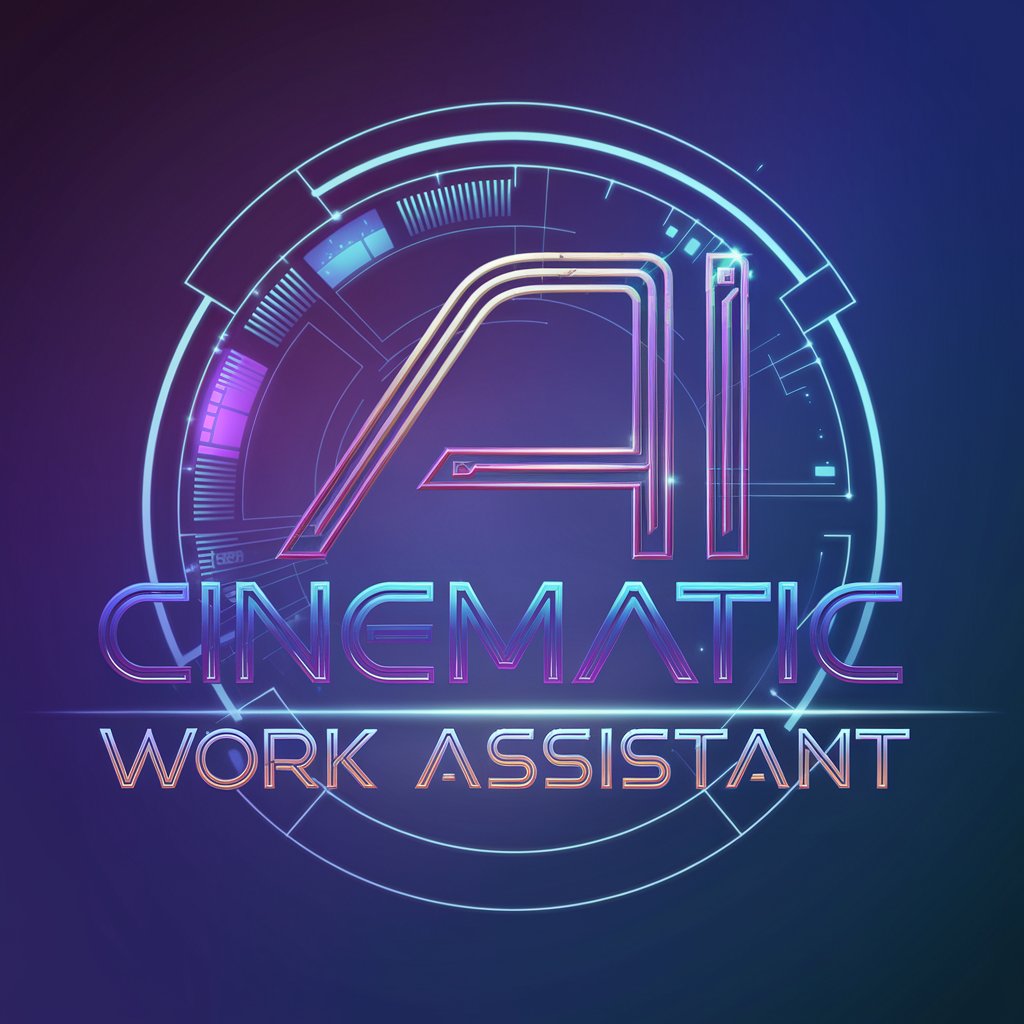
Runway Magic Prompt-AI-powered cinematic prompt generator
AI-crafted prompts for cinematic video generation

Craft Runway Gen3 prompts from a description or an starting image
Get Embed Code
What Is Runway Magic Prompt?
Runway Magic Prompt is a specialized tool designed to optimize the creation of dynamic, cinematic prompts for generRunway Magic Prompt Overviewative AI video models, specifically tailored for Runway's Gen-3 Alpha model. It bridges the gap between creative vision and technical execution by helping users construct highly descriptive and structured prompts that yield better video results. This GPT functions as both a writing assistant and cinematic advisor, generating scene directions based on camera movements, subject actions, and atmospheric details, all in under 500 characters to match Runway's strict prompt guidelines. For example, a user might upload an image of a man running through a city at night; Magic Prompt will then interpret it and generate a scene such as: 'Tracking camera movement: A man in a suit runs across wet pavement under neon lights in a bustling city. Rain reflects on the street as cars pass in the background. Fast-paced cinematic action.' This makes Magic Prompt ideal for content creators looking to achieve high-quality video storytelling through generative AI.
Core Capabilities of Runway Magic Prompt
CinematicRunway Magic Prompt Overview Prompt Generation
Example
Prompt: 'Low angle dolly camera: A group of masked dancers perform in an abandoned warehouse lit by flickering lights. Dust floats in the air as the music pulses.'
Scenario
Used by filmmakers or creatives to quickly develop compelling video descriptions that translate into AI-generated footage with dynamic movement and atmosphere.
Image-Based Scene Interpretation
Example
User uploads an illustration of a medieval knight in battle. Magic Prompt returns: 'Rotating camera: A knight in silver armor swings his sword in a chaotic battlefield. Arrows fly across the sky as fire burns in the distance. Animated style.'
Scenario
Used in animation projects or visual development to translate visual cues into scene dynamics for video generation.
Style-Specific Prompt Customization
Example
Prompt tailored for animation: '2D side-scrolling camera: A colorful dragon flies over a fantasy village, casting shadows as villagers run below. Smoke trails from its wings. Cartoon style.'
Scenario
Used by game designers or animators who want to maintain specific visual and motion styles in AI-generated sequences based on genre or medium (e.g., anime, cartoon, 3D).
Target Users of Runway Magic Prompt
Content Creators and Filmmakers
These users benefit by being able to rapidly iterate storyboards or video ideas into detailed, production-ready scene descriptions. With Magic Prompt, they can experiment with multiple camera angles and cinematic styles to preview their concepts visually using generative video tools.
Animators and Game Designers
This group uses Magic Prompt to convert sketches, storyboards, or ideas into scene-based animation prompts, maintaining a consistent stylistic language. It’s especially useful for pre-visualization and animatics in creative workflows requiring dynamic and genre-specific movement.
How to Use Runway Magic Prompt in 5 Steps
Step 1
Visit aichatonline.org for a free trial without login; noJSON code correction ChatGPT Plus subscription is required.
Step 2
Familiarize yourself with Runway Gen-3 Alpha’s prompting guide to understand the required structure and language style for effective video prompt creation.
Step 3
Describe your intended video scene using the structure: [camera movement]: [establishing scene]. [main action]. [additional details]. Limit the entire prompt to 500 characters.
Step 4
Use Runway Magic Prompt to generate dynamic and visually rich prompts that align with cinematic or animated storytelling, depending on the image type or user request.
Step 5
Paste your generated prompt into Runway’s Gen-3 Alpha interface to create AI-powered videos with lifelike motion, scene transitions, and expressive subjects.
Try other advanced and practical GPTs
쓰레드 말투 변환기 by 어비
AI-powered Korean tone rewriter for friendly, king-like posts
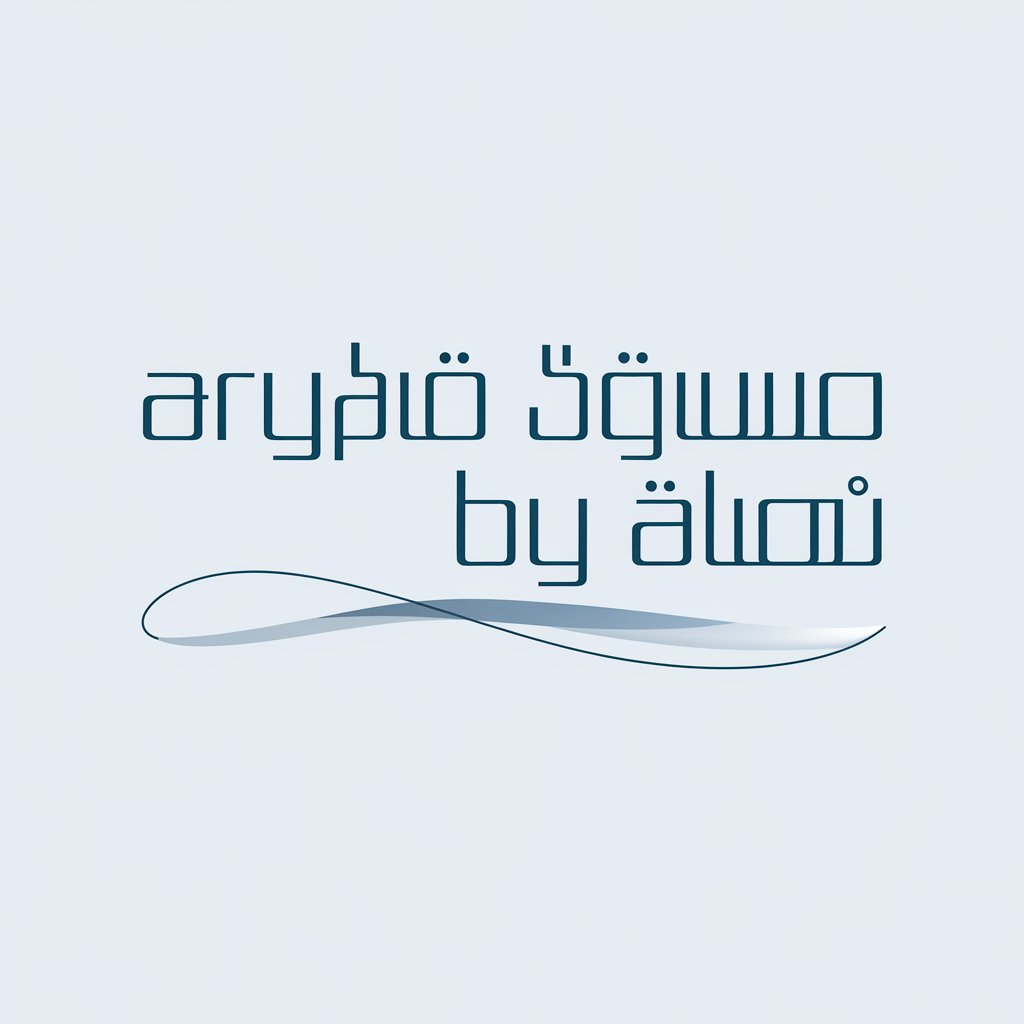
天赋人格测评教练
AI-powered archetype insights for entrepreneurs
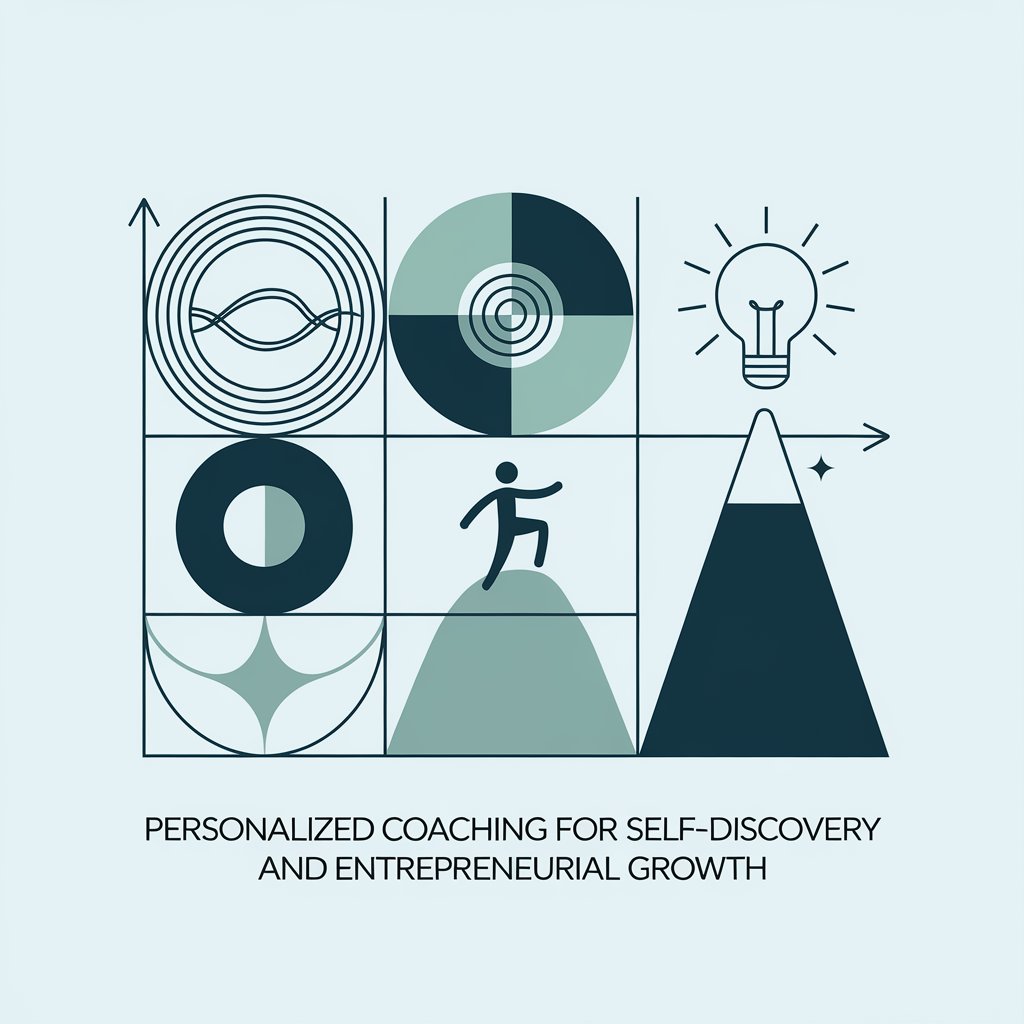
BS Meter
AI-Powered Claim Checker for Smarter Truths

IAU Segmentación Perfecta para Meta
AI-powered Meta ad segmentation tool

Case Study Analyst, HBS Method
AI-Powered Business Case Intelligence

Juiz Meticuloso
AI-powered civil law and linguistics engine
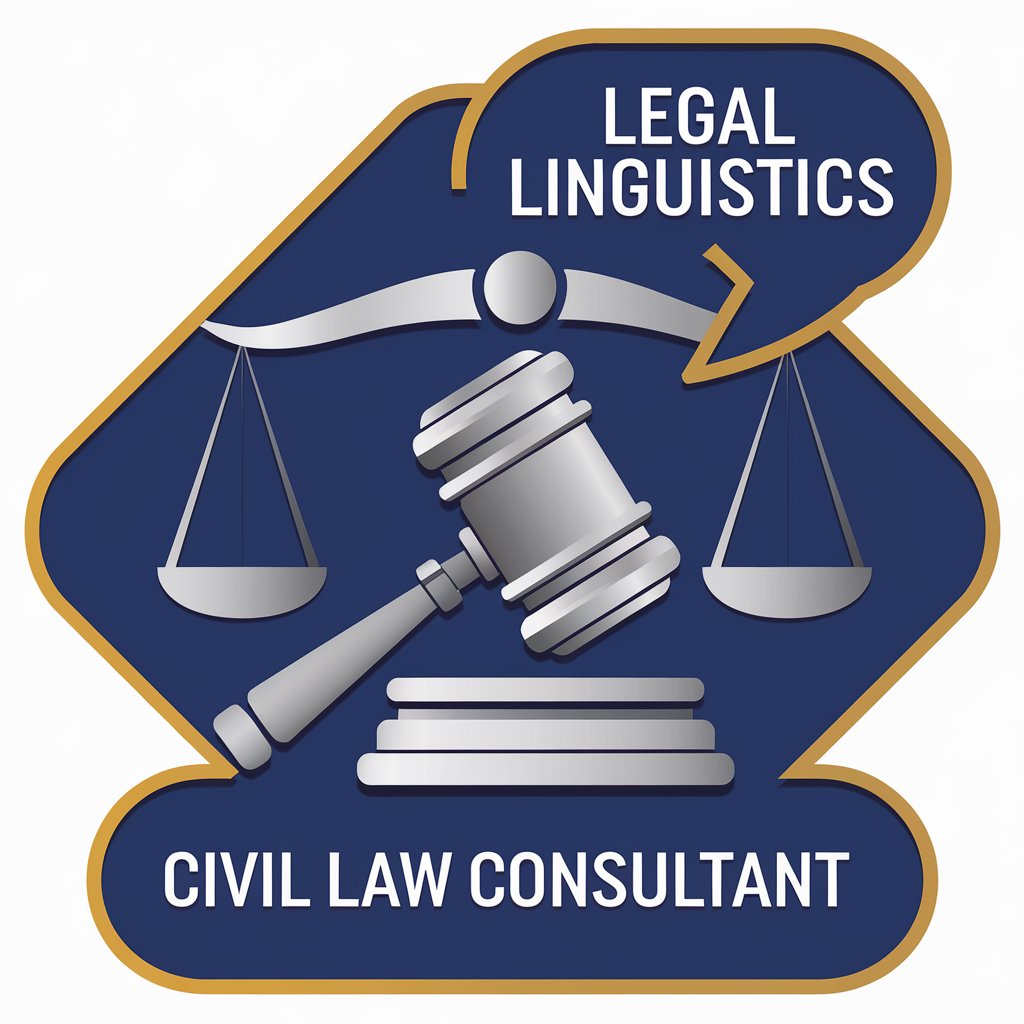
Maestro de Tesis
AI-powered guidance for elite thesis writing
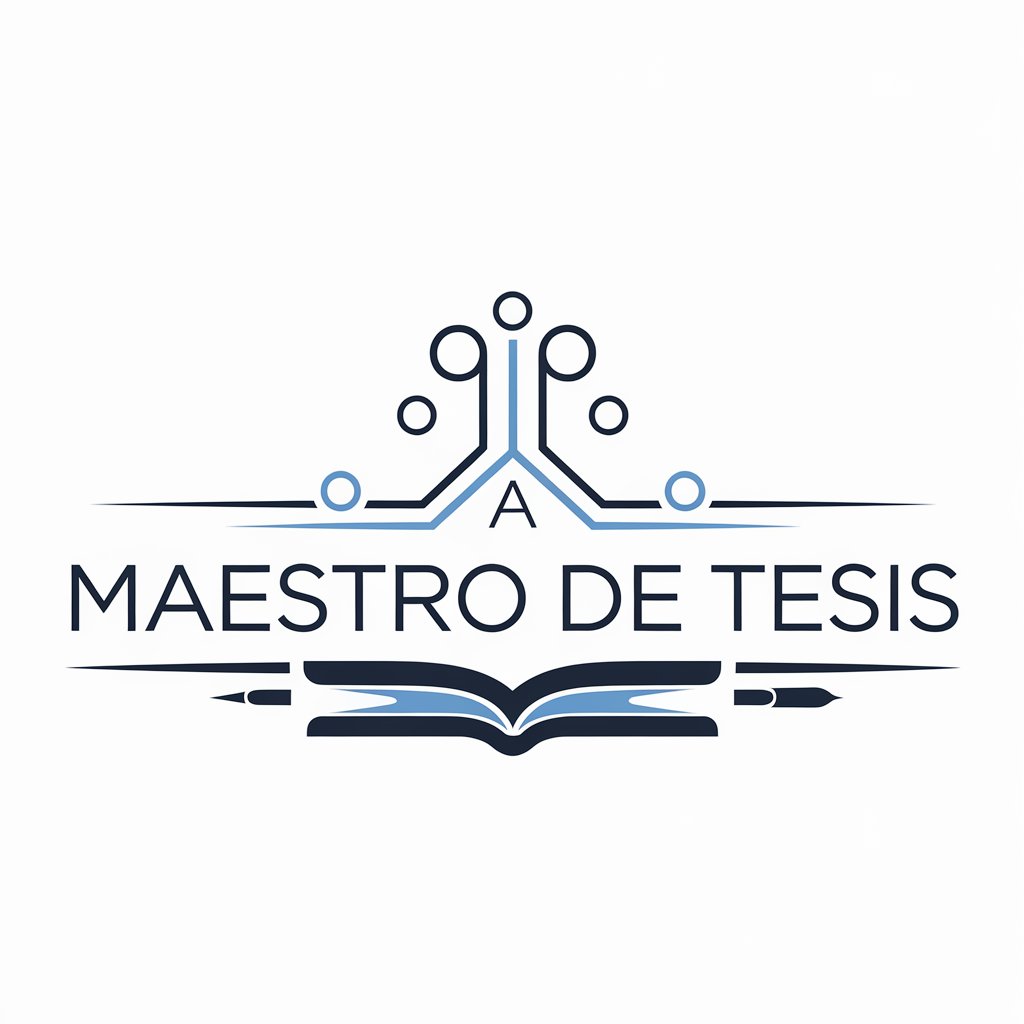
Suno.ai Song Maker
Turn your lyrics into music with A I

Xmind Mindmap Generator
AI-powered tool for fast mind maps

Plan de negocio EMPRENDEDOR
AI-powered business plan builder for entrepreneurs

扁粉菜
AI-powered insights on 扁粉菜 usage.

AI Instagram Bio Generator
Create the perfect Instagram bio with AI.

- Visual Storytelling
- Prompt Design
- Cinematic Scenes
- Video Creation
- Animation Scripting
Top 5 Q&A About Runway Magic Prompt
What is Runway Magic Prompt?
Runway Magic Prompt is a specialized tool designed to generate dynamic,JSON Code Correction high-quality prompts for Runway’s Gen-3 Alpha video model. It creates structured descriptions that bring cinematic or animated scenes to life using AI.
How does it differ from normal text-to-video prompting?
Unlike generic prompt tools, Runway Magic Prompt strictly follows Gen-3’s cinematic language requirements. It emphasizes camera movement, dynamic action, and scene richness, staying within a 500-character limit to ensure compatibility.
Can it generate prompts from images?
Yes, when an image is uploaded, the tool analyzes its content and aesthetic to generate a tailored, visually engaging video prompt that captures the essence, context, and motion potential of the image.
What types of video scenes can it create?
Runway Magic Prompt can create diverse scenes—ranging from sci-fi action, urban drama, fantasy worlds, to natural landscapes—using detailed storytelling elements and directional cues for camera and subject movement.
Are there tips for getting the best results?
Yes: use vivid, concise language; avoid generic descriptions; include motion cues; be specific with characters and settings; and always consider how the camera and subjects interact within the scene.





